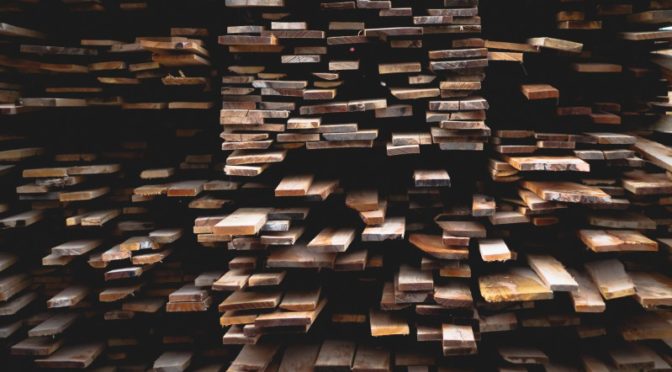
Pre-finished hardwood flooring has never been more popular than it is today in the United States and Canada. It’s essentially pre-sanded and sealed hardwood flooring; when it arrives at your front door, it’s ready to be installed by nailing it down. And once your flooring installers are done with the job, all you’ll have left to do is give the floor a good sweep or vacuum and it’ll be yours to enjoy for the rest of your days. However, while the idea of pre-finished flooring may seem like a no-brainer for anyone interested in hassle-free hardwood flooring, the truth is always a bit more complicated. Today we’ll look at the benefits and drawbacks of pre-finished flooring compared to site-finished, or un-finished flooring, to help you figure out which is the better option for your living space.
What’s the difference between pre-finished and unfinished, or site-finished flooring?
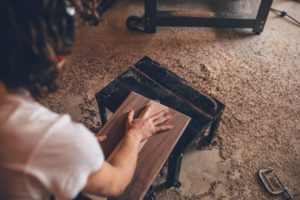
The main difference between these floors are where the finishing takes place. With unfinished flooring, it takes place at your home instead of at the factory as with pre-finished flooring. Unfinished flooring is also known as site-finished flooring, and it’s installed exactly the same way pre-finished flooring is, aside from a few slight variations. For example, when flooring is pre-finished, your installers will typically be more careful in setup and installation because they aren’t going to be able to remove any scratches or dents that occur during the installation. You’ll frequently see the installers using flooring cartons as storage areas for tools and other similar precautions taken. You don’t need to worry about any of this once the flooring is installed, of course; it’s just a concern if you’re actually doing the installation.
Pre-finished floors use urethane, and lots of it
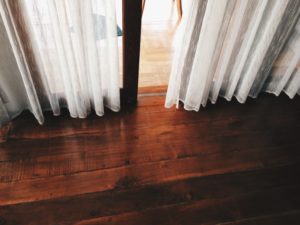
When you buy a pre-finished floor, you’re going to be buying lots of urethane sealant; typically at least 5 layers will be added to each board, and they’ll be added professionally at the factory, resulting in a more uniform and even coat than you’d be able to do yourself if you chose to seal your flooring on site.
However, if you have the bad luck of a board that arrives with a chip or worse (e.g., a broken board), you’re going to see the plastic peeling, and you’re not going to be able to replace it on your own.
What are the benefits of pre-finished floors?
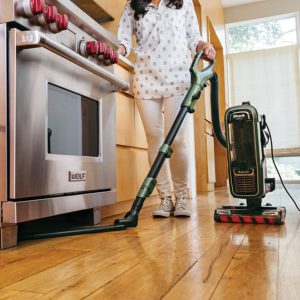
Perhaps the primary advantage of buying pre-finished floors is the lack of work required on your part to finish them. You don’t need to go shopping for the right finish, nor do you need to learn how to properly apply it or set aside the time to do so. You just buy the floors and have them installed, and once they’re done, they’re done. There’s no smell or mess involved, there’s no waiting besides that necessary for the installation process.
You’ll also enjoy a much easier purchasing experience since pre-finished flooring has officially become more common than unfinished flooring. People want convenience, and if you buy the option most people do, you get to profit from that convenience. Beyond that, the coating that comes with a pre-finished floor will be significantly thicker and more evenly applied one than anything you or anyone else could do manually on site.
What are the drawbacks to using pre-finished floors?

Of course, not everything about pre-finished floors is a pro. The primary difficulty you’re likely to run into is the difficulty of repair. If you’re unlucky enough to spot a dent or scratch during or after the installation process, you’re not going to be able to do anything about it except completely replace the floorboard. There’s no filling, sanding, or resealing via DIY; the factory coating requires a trip back to the factory to restore it if it’s damaged.

In the long term, when you eventually need to refinish your floors, it’s going to be a much more involved process than if you’d bought unfinished flooring due to how durable the urethane finish is. To get to the bare wood beneath it, you’re going to need a drum floor sander, and that’s going to remove far more wood than you would with a regular sanding process. If you don’t completely remove the urethane finish, the wood won’t take to the replacement sealant.

Finally, a pre-finished floor won’t be quite as resistant to water and moisture than a site-finished floor, simply because a site-finished floor will let you fill in the seams between boards since the boards will already be in place when you apply the sealant. If you’re planning on installing hardwood flooring somewhere moisture-prone, like a kitchen, this is particularly important for the long-term health of your floors.
Does it matter which vacuum you use to care for pre-finished or site-finished hardwood?
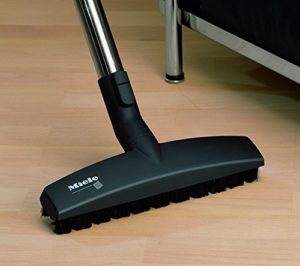
Technically, no. You can use just about any vacuum on any hardwood floor worth its weight, regardless of how it was finished. That said, we always recommend giving your bare floors the red carpet treatment, and that means using a Parquet head if at all possible. A Parquet head is both more efficient for cleaning hardwood floors (because it actually sucks up dirt and dust instead of simply pushing it around with air currents) as well as an easy way to polish your floors while cleaning them.
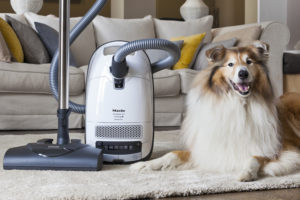
That said, we also recommend pairing a Parquet head with an electric brush head–not for your hardwood, but for your carpets, as most people who own hardwood floors like having carpets in at least some part of their homes, and it’s more convenient to have one vacuum capable of giving the best treatment to both instead of owning multiple machines. Two buy-it-for-life vacuums that include both cleaning heads are the Miele Complete C3 Cat & Dog (reviewed here and here) and Miele Compact C2 Electro+ (reviewed here and here).
![]() You can buy the Miele Complete C3 Cat & Dog here on Amazon or buy the Miele Compact C2 Electro+ here.
You can buy the Miele Complete C3 Cat & Dog here on Amazon or buy the Miele Compact C2 Electro+ here.
![]() Canadians can buy the Miele C3 Cat & Dog here or buy the Compact Electro+ here.
Canadians can buy the Miele C3 Cat & Dog here or buy the Compact Electro+ here.
 If you find our research on PMC helpful, you can follow our efforts to keep maniacally reviewing home cleaning tools by shopping through our links above. We promise to keep fighting the good fight against every horror children, animals, and grown, yet messy humans can inflict upon a clean home.
If you find our research on PMC helpful, you can follow our efforts to keep maniacally reviewing home cleaning tools by shopping through our links above. We promise to keep fighting the good fight against every horror children, animals, and grown, yet messy humans can inflict upon a clean home.

